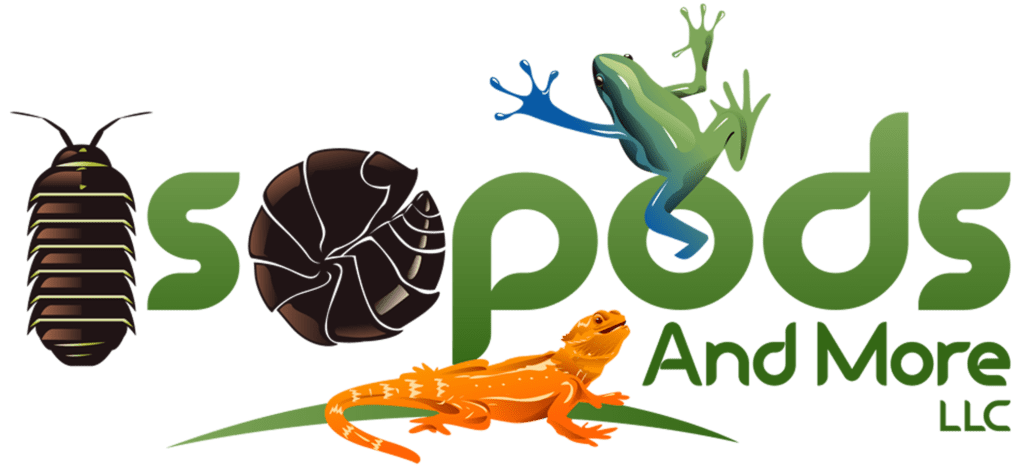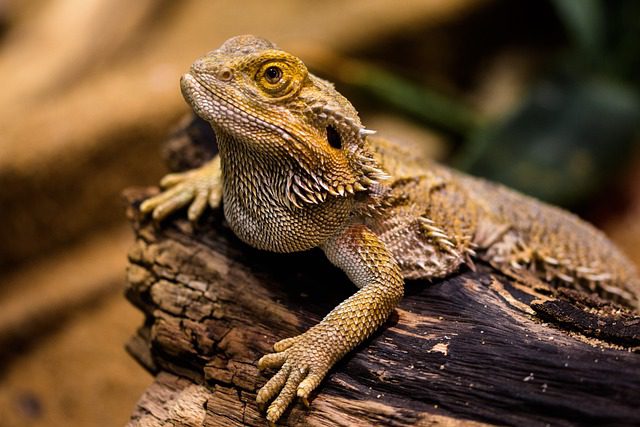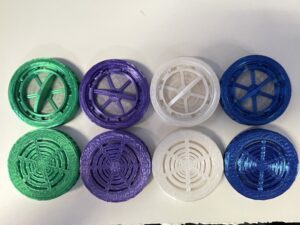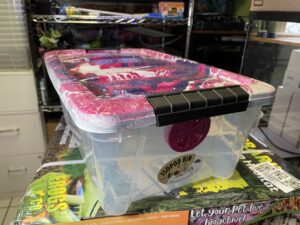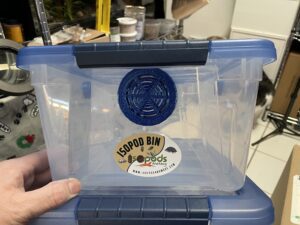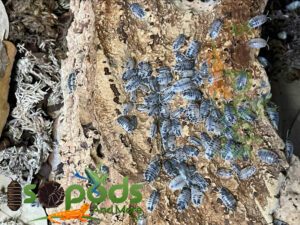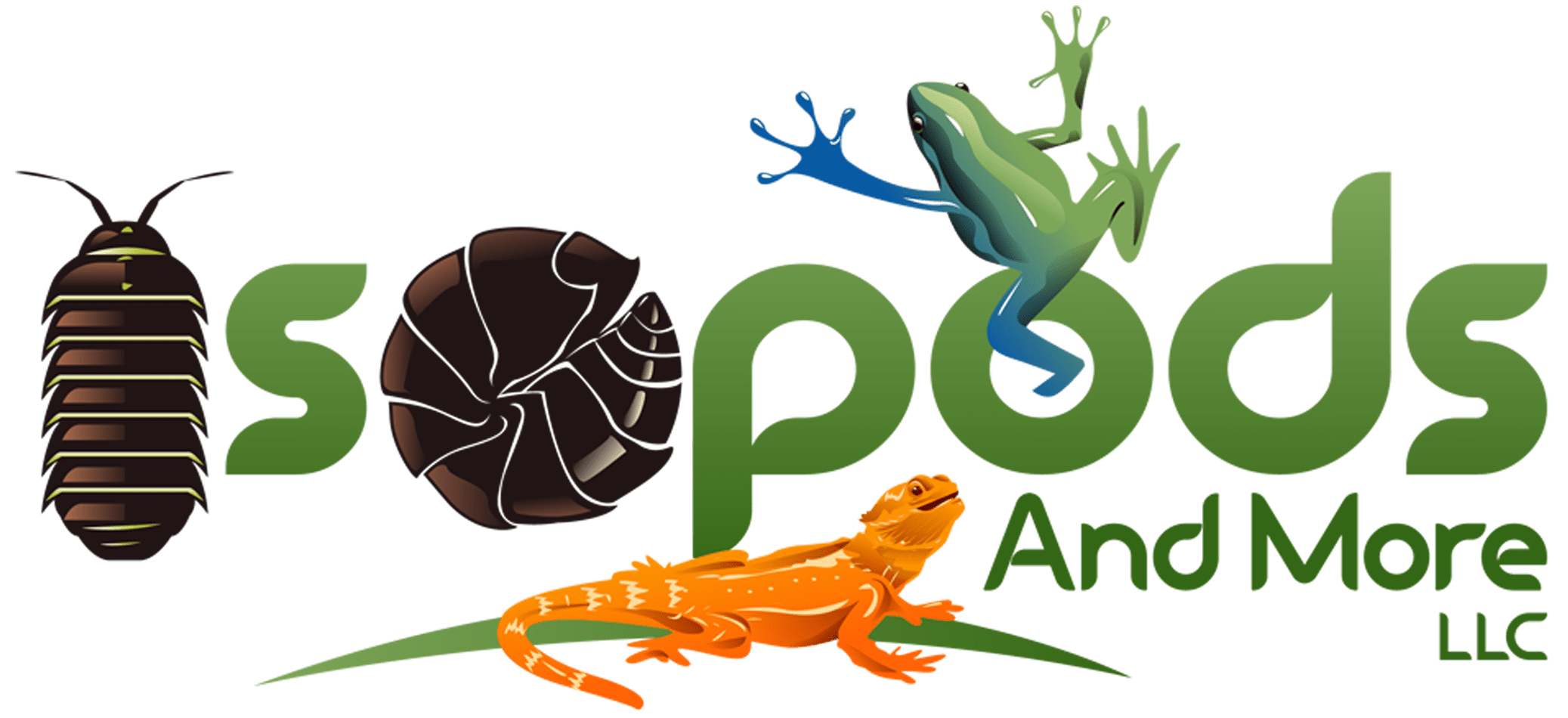In this article, you will learn about the various species of bearded dragons. We will discuss their characteristics, habitat preferences, and appearance. By the end, you will have a better understanding of the diversity within this fascinating reptile group and be able to identify different bearded dragon species. So, let’s dive in and explore the world of bearded dragons!
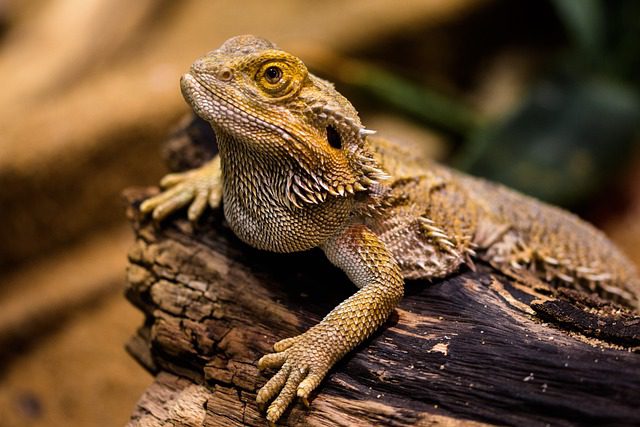
Introduction to Bearded Dragons
Bearded dragons have become popular pets in recent years due to their unique appearance and easy care requirements. These reptiles are native to Australia and are known for their spiky “beards” and calm temperament. But did you know that there are actually different species and subspecies of bearded dragons? In this article, we will explore the various types of bearded dragons, their physical characteristics, habitat, behavior, and feeding habits.
General information about bearded dragons
Bearded dragons, scientifically known as Pogona, belong to the family Agamidae. They are medium-sized lizards that can grow up to 20 inches in length. These reptiles are known for their triangular-shaped heads, spiky scales, and the “beard” of spikes underneath their chin, which they can puff up when they feel threatened or to display dominance.
Bearded dragons have a calm and docile nature, which is one of the reasons they make great pets. They are also known for their ability to tolerate handling and interaction with humans. These reptiles are diurnal, which means they are active during the day, and they rely on both sunlight and artificial UVB lighting for proper calcium absorption and overall health.
Interesting facts about bearded dragons
Here are a few interesting facts about bearded dragons:
- Bearded dragons got their name from the spiky “beard” of spikes underneath their chin. When they feel threatened or want to assert dominance, they can puff up their beard to appear larger and more intimidating.
- They are excellent climbers and can often be found basking on tree branches or rocks.
- Bearded dragons are omnivorous, meaning they eat both plant matter and insects. Their diet consists of leafy greens, vegetables, fruits, and small insects like crickets and mealworms.
- Male bearded dragons have larger heads and more prominent spikes than females. They also have hemipenal bulges near their vent, which are visible when they are mature.
- Bearded dragons can live up to 10-15 years in captivity with proper care and nutrition.
Now that we have covered some general information and interesting facts about bearded dragons, let’s explore the classification of these fascinating reptiles.
Classification of Bearded Dragons
Taxonomy of bearded dragons
Bearded dragons belong to the genus Pogona, which is classified under the family Agamidae. The taxonomy of bearded dragons can be further divided into different species and subspecies based on their physical characteristics and geographical distribution.
Different species and subspecies of bearded dragons
There are four main species of bearded dragons: the Inland Bearded Dragon (Pogona vitticeps), the Eastern Bearded Dragon (Pogona barbata), the Central Bearded Dragon (Pogona minor), and the Western Bearded Dragon (Pogona mitchelli). Each species has its own unique characteristics and geographic range.
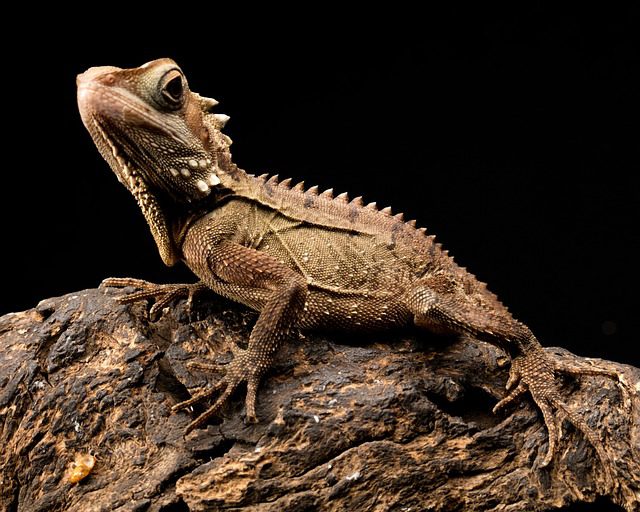
Inland Bearded Dragon
Physical characteristics of inland bearded dragons
Inland bearded dragons, also known as Central or Yellow-headed bearded dragons, are the most common and widely kept species in captivity. They have a yellowish-brown coloration with subtle patterns and can grow up to 24 inches in length. Inland bearded dragons have a triangular-shaped head and a row of spines that extend from behind the head to the base of the tail.
Habitat and distribution of inland bearded dragons
Inland bearded dragons are native to the central and western parts of Australia. They inhabit arid and semi-arid regions, including deserts, grasslands, and woodlands. These reptiles are well-adapted to the harsh desert environment and can often be found basking on rocks or sandy surfaces to regulate their body temperature.
Behavior and feeding habits of inland bearded dragons
Inland bearded dragons are known for their calm and docile nature. They are also highly sociable and enjoy human interaction. These reptiles are opportunistic eaters and have a varied diet consisting of insects, vegetation, and even small mammals. In captivity, their diet should include a mix of leafy greens, vegetables, fruits, and appropriately-sized insects.
Eastern Bearded Dragon
Physical characteristics of eastern bearded dragons
Eastern bearded dragons, also known as Common bearded dragons, are characterized by their brownish coloration with darker patterns and markings. They have a triangular-shaped head, just like other bearded dragon species, but their body is shorter and stockier. Eastern bearded dragons can grow up to 20 inches in length.
Habitat and distribution of eastern bearded dragons
Eastern bearded dragons are native to the eastern parts of Australia, including Queensland, New South Wales, and Victoria. They inhabit a range of habitats, including woodlands, forests, and coastal regions. These reptiles prefer areas with access to both trees and open spaces.
Behavior and feeding habits of eastern bearded dragons
Eastern bearded dragons have similar behavior and feeding habits to other bearded dragon species. They are diurnal creatures and spend their days basking under the sun or seeking shelter in trees or bushes. Their diet consists of insects, vegetation, and occasionally small vertebrates. In captivity, they can be fed a diet similar to that of inland bearded dragons.
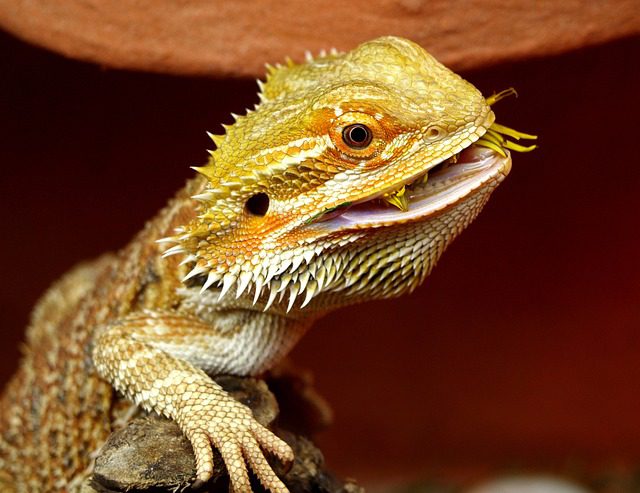
Central Bearded Dragon
Physical characteristics of central bearded dragons
Central bearded dragons, also known as Dwarf bearded dragons, are smaller in size compared to other species. They have a compact body and can grow up to 12 inches in length. Central bearded dragons have a darker coloration with tan or orange markings. They also have shorter spikes on their head and body.
Habitat and distribution of central bearded dragons
Central bearded dragons are native to the central parts of Australia, particularly the arid regions of Queensland, Northern Territory, and South Australia. They inhabit rocky outcrops, grasslands, and open woodlands. These reptiles are well-adapted to the arid environment and can tolerate high temperatures and low humidity levels.
Behavior and feeding habits of central bearded dragons
Central bearded dragons have similar behaviors and feeding habits to other species of bearded dragons. They are docile and relatively easy to handle. Their diet consists of insects, vegetation, and occasional small vertebrates. In captivity, they can be fed a diet similar to that of other bearded dragon species.
Western Bearded Dragon
Physical characteristics of western bearded dragons
Western bearded dragons, also known as Mitchells bearded dragons, have a unique and striking coloration. They have a light tan or cream-colored body with darker orange or brown markings. Western bearded dragons can grow up to 20 inches in length and have longer spikes compared to other species.
Habitat and distribution of western bearded dragons
Western bearded dragons are native to the western parts of Australia, including Western Australia and the Northern Territory. They inhabit a range of habitats, including sandy deserts, grasslands, and rocky outcrops. These reptiles are well-adapted to arid environments and can tolerate harsh conditions.
Behavior and feeding habits of western bearded dragons
Western bearded dragons share similar behaviors and feeding habits with other species of bearded dragons. They are relatively easy to handle and have a calm demeanor. Their diet consists of insects, vegetation, and occasional small vertebrates. In captivity, they can be fed a diet similar to that of other bearded dragon species.
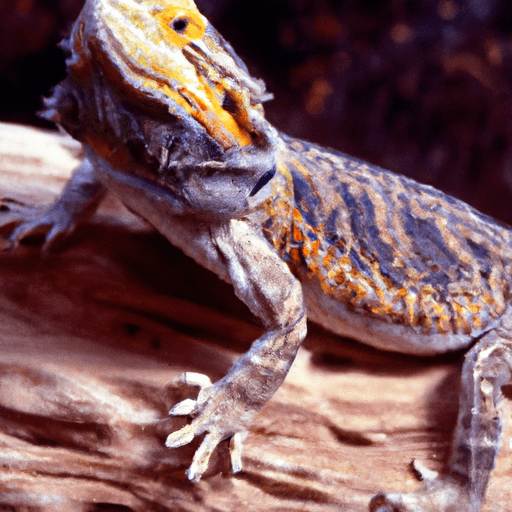
Conclusion
In conclusion, bearded dragons are fascinating reptiles that come in various species and subspecies, each with its own unique characteristics and geographic range. Understanding the diversity within bearded dragons can help pet owners provide the best care and meet the specific needs of their particular species. Whether you have an Inland, Eastern, Central, or Western bearded dragon, these reptiles make wonderful companions and can bring joy and fascination to any reptile enthusiast.
So next time you see a bearded dragon, take a closer look and try to identify its species. You might just discover a whole new world within these spiky and captivating reptiles.
